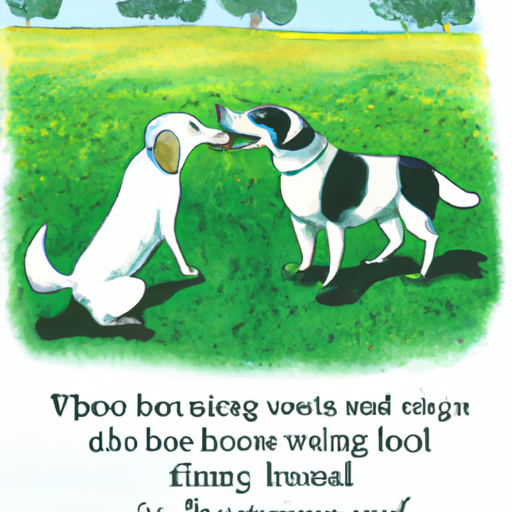Understanding the Importance of a Good Introduction
Introducing dogs to each other is much more than just letting them sniff each other out. It’s a delicate process, a doggie dance of sorts. You, as their caregiver, have a pivotal role to play in this interaction. Your job isn’t merely to prevent a fight, but to help them build a long-lasting relationship.
There are several things to take into account when introducing dogs. The dogs’ personalities, their breed instincts, their past experiences, and even their current mood all play a part. But fear not, by following these guidelines, you’ll be able to manage the situation with grace and ease.
The Initial Meet and Greet
The first meeting is more than just an introduction. Think of it as a first date. There’s a lot hinging on this initial interaction. It’s best to approach it with a plan.
- Neutral Territory: Choose a location where neither dog has a territorial advantage. Parks are often a good choice.
- Leashes On: Keep both dogs on leashes, but avoid a tight leash as it can increase tension.
- Parallel Walks: Start with a parallel walk, with both dogs moving in the same direction. This helps them get used to each other’s presence.
Reading Dog Body Language
Your ability to read your dog’s body language can make or break a successful introduction. Here’s a brief guide to help you understand what they may be communicating:
| Dog Body Language | What it Means |
|---|---|
| Relaxed body and wagging tail | Comfortable and happy |
| Ears pinned back, tail between legs | Nervous or scared |
| Raised fur on the back | Agitated or scared |
| Growling or showing teeth | Aggressive or scared |
Establishing Boundaries
After the initial meeting, it’s important to set boundaries at home. Here are some steps to follow:
- Give each dog their own space, like separate beds or crates.
- Feed them separately to avoid food aggression.
- Reinforce positive behavior with praise and treats.
Maintaining Harmony
Maintaining harmony between dogs requires consistency, patience, and a fair amount of supervision. It’s important to provide equal attention to both dogs to avoid jealousy. Regular exercise and playtime will also help keep tensions low.
Frequently Asked Questions
Q: What if the dogs start fighting?
A: It’s important to intervene without putting yourself in danger. Make a loud noise to distract them, or use a barrier to separate them.
Q: How long does it take for dogs to get used to each other?
A: It varies. Some dogs may become friends instantly, while others might need a few weeks or even months.
Q: What if one dog is much older than the other?
A: Age can play a role in how well dogs get along. Older dogs may not have as much patience for a puppy’s antics. However, with proper introductions and supervision, they can coexist peacefully.
Remember, every dog is unique and may respond differently to new situations. So, while these guidelines can help, it’s important to observe and respond to your dogs’ individual needs and behaviors.



